This was published 6 years ago
Foodie travel: The five most phenomenal dishes that changed food travel worldwide
By Terry Durack
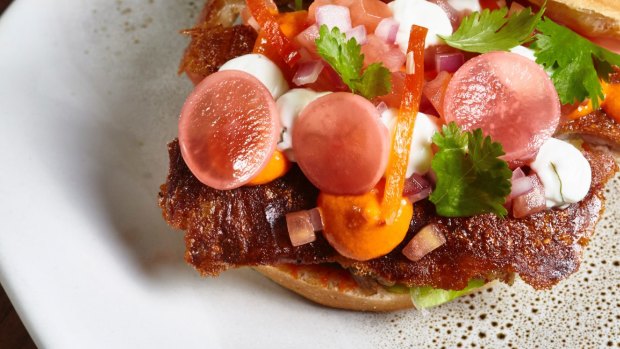
A dish created by Gaston Acurio.
In 2007, a small restaurant on a rocky outcrop on the Catalan coast was named the No 1 restaurant in the world for the third consecutive year. The pivotal dish at El Bulli wasn't even a dish, it was a green olive. It wasn't even a real olive, but liquid olive gel magically encased in a thin membrane by pioneering chef Ferran Adria.
El Bulli changed the way dedicated followers of food booked their holidays. It opened just six months a year and was inevitably bombarded by 2 million reservation requests for the 8000 seats available. During the remaining six months, Adria and his team worked in a Barcelona laboratory creating a completely new 40-course menu for the following year, to be served on newly commissioned crockery, and accompanied by newly commissioned napery. The liquid olive was soon joined by the likes of parmesan marshmallows, popcorn clouds, lamb's brains with sea urchin and sea grapes, Iranian "caviar" of melon and passionfruit, sardines with blackcurrant and eucalyptus, and chocolate and raspberry powder coral; foodie tourist catnip, all. Dishes had titles more suited to Agatha Christie murder mysteries: The Mentholated Pond; The Vanishing Ravioli.
Adria was the lead player in a Spanish food revolution that wrested gastronomic domination away from the French and gave a whole new resonance to the term "playing with your food". It coincided with the increasing influence of the "anti-Michelin-Guide', the World's 50 Best list, a hot list of global restaurants that began as a clever publicity stunt for a British trade journal in 2002 and grew into a cleverly marketed bucket list for the modern diner.
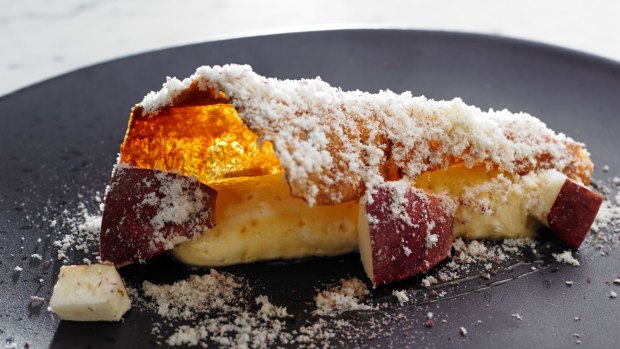
Dan Hunter's parsnip dessert at Brae, in Victoria.Credit: Janne Apelgren
The Next Big Thing on this list of lists was himself a product of the El Bulli kitchen. Rene Redzepi, a young Danish chef with Macedonian roots, worked with Adria in 1999, then went home to Denmark and did the most contrary thing possible. Turning his back on the often surreal and provocative creativity of El Bulli, he focused instead on the natural resources of his native Scandinavia: musk ox, wild salmon, seaweed, birch sap, horse mussels and locally foraged, smoked, salted, pickled and dried foods.
He is the reason you know what foraging is; why every second chef is pickling and preserving; why gourmet degustation dinners are matched with beer, sake, saps, syrups and juices.
Like El Bulli, which closed in 2011, Noma was also named the No 1 restaurant three years running, in 2010, 2011 and 2012. New Nordic Cuisine became the new catch cry. This idea of rejecting imported cuisine and cooking only from your own backyard made foodie travel so much more rewarding.
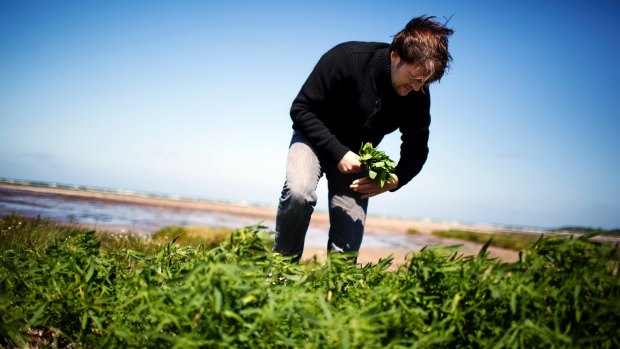
Chef Rene Redzepi, of Noma, started the food foraging trend for high-end restaurants.Credit: Theresa Ambrose
Instead of dining on far-flung reproductions of French cuisine in South America, say, indigenous Amazon ingredients were cooked in dramatic fusions of ancient native techniques and modern mindsets at Alex Atala's DOM restaurant in Sao Paulo, Brazil, and Gaston Acurio's Astrid Y Gaston in Peru.
Meanwhile, the World's 50 Best list and a rigorous international calendar of food festivals, forums and impermanent pop-ups was busy creating new heroes, so – needs must - we flew to London to eat Heston Blumenthal's snail porridge; to Chicago to eat Grant Achatz's apple-scented balloons at Alinea; to Modena in Northern Italy for Massimo Bottura's Potato Wanting To Be a Truffle at Osteria Francescana; and back to Spain for the Roca brothers' escalivada of vegetables served in a smoke-filled dome at El Celler de Can Roca in Girona.
The Melbourne-based celebrations for this year's list saw the foodie world scrambling for a reservation at Eleven Madison, minutes after it was gonged No 1 for 2017. The playful chef, Daniel Humm, is not above sending out a "picnic lunch" complete with gingham cloth and hamper; while his partner Will Guidara has a "Dreamweaver" on staff to research the background, likes and dislikes of guests before they arrive. (One Australian couple turned up to their table only to find a framed photo of their left-at-home cats on the table.)
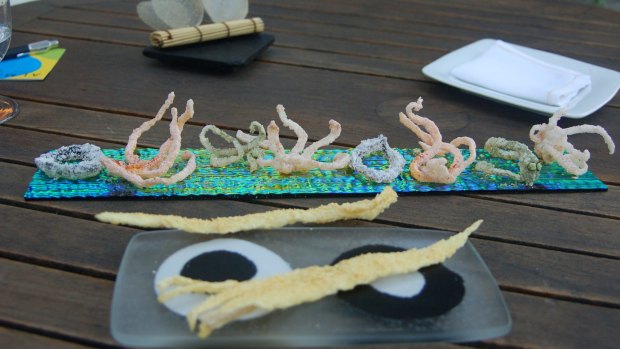
Deep-fried salmon skin and mock sea creatures made of rice flour at El Bulli, in Spain.Credit: Mark Bittman
Australia, too, is turning its attention to its own backyard, and our travel plans are increasingly being driven by local food heroes and our own food culture. Who wouldn't want to eat mudcrab in Darwin, or drink shiraz in the Barossa Valley? Who doesn't want to try Dan Hunter's incredible parsnip dessert at the much-lauded Brae in the Otways, or the Coorong mullet with lemon ironbark, Geraldton wax, native honey and green ants from Jock Zonfrillo's indigenous-inspired menu at Adelaide's Orana?
How and why we travel will continue to evolve, but food will always be a joyful, celebratory part of every journey. Not just because of greed, or for more Instagram trophies; but because we yearn to connect with others at a very fundamental level – even over a liquid olive.
FIVE DISHES OF THE DECADE
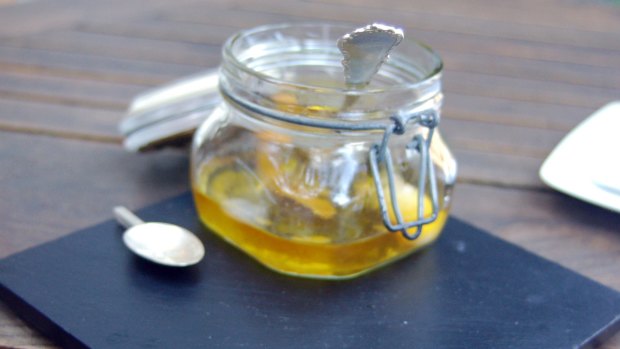
Credit: Mark Bittman
LIQUID OLIVE, EL BULLI, ROSES, SPAIN
Using a spherification technique, Ferran Adria combined olive juice, alginate and xanthan gum to create an olive-shaped gel that instantly dissolves in the mouth. Try it at the Adria brothers' Tickets or Bodega 1900 in Barcelona. elbarriadria.com
THE SOUND OF THE SEA, THE FAT DUCK, BRAY, BRITAIN
Heston Blumenthal's famed dish of delicate seafood and seaweed strewn over edible "sand" with a wave of foam was served with an iPod so diners could listen to the sound of waves crashing while eating. Try it at The Fat Duck, Bray, Britain. thefatduck.co.uk
PORK BELLY BUN, MOMOFUKU, NEW YORK
This irresistible mix of steamed bun, pork belly, hoisin, pickled cucumber and sriracha sauce first saw the light of day at Dave Chang's Momofuku Noodle Bar in New York City. Try it at Momofuku Ssam Bar, New York. momofuku.com
DEEP-FRIED REINDEER MOSS DUSTED WITH CEP POWDER, NOMA, COPENHAGEN
Just one of the original, locally foraged dishes that helped define Rene Redzepi's vision of new Nordic cuisine. Try it at: sorry, one for the history books. noma.dk
PARSNIP AND APPLE DESSERT, BRAE, BIRREGURRA, VICTORIA
It's a dessert like no other. Dan Hunter fills a crisp, slow-roasted shell of parsnip with a parsnip and apple mousse and salted caramel and covers it in a shower of freeze-dried apple. Try it at Brae, Birregurra, Victoria. braerestaurant.com
See also: The best country in the world for food
Sign up for the Traveller Deals newsletter
Get exclusive travel deals delivered straight to your inbox. Sign up now.